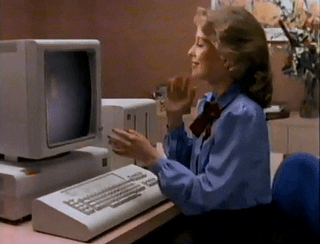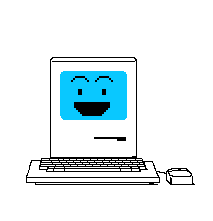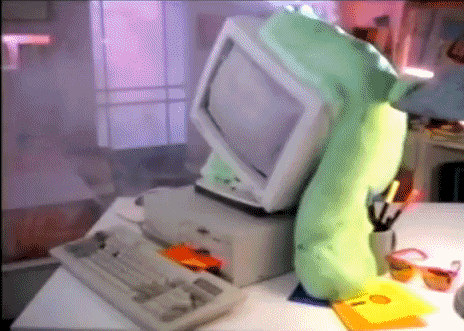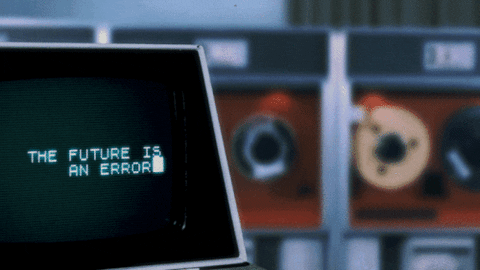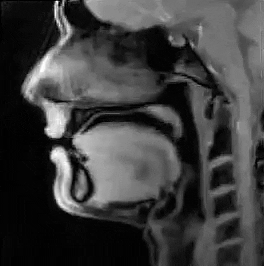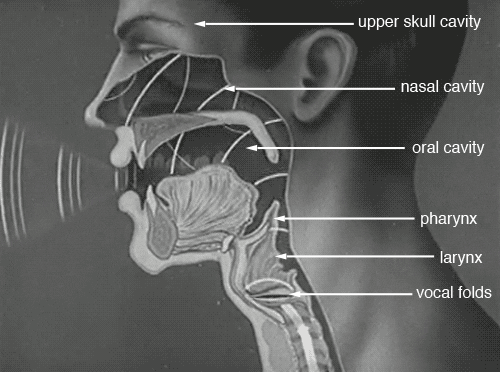Personable Computer
By Ipaghost on February 6, 2022 11:22 pm
Singing Sytrus! Really liked making the vocal patch, the song is reminiscent of my early 2k stuff.
Used this formant table, but I should use my own voice to make a table next time, really didn't expect it to be that easy.
Download the 91kb project here!

Audio works licensed by author under:
CC Attribution Noncommercial No Derivative Works (BY-NC-ND)


